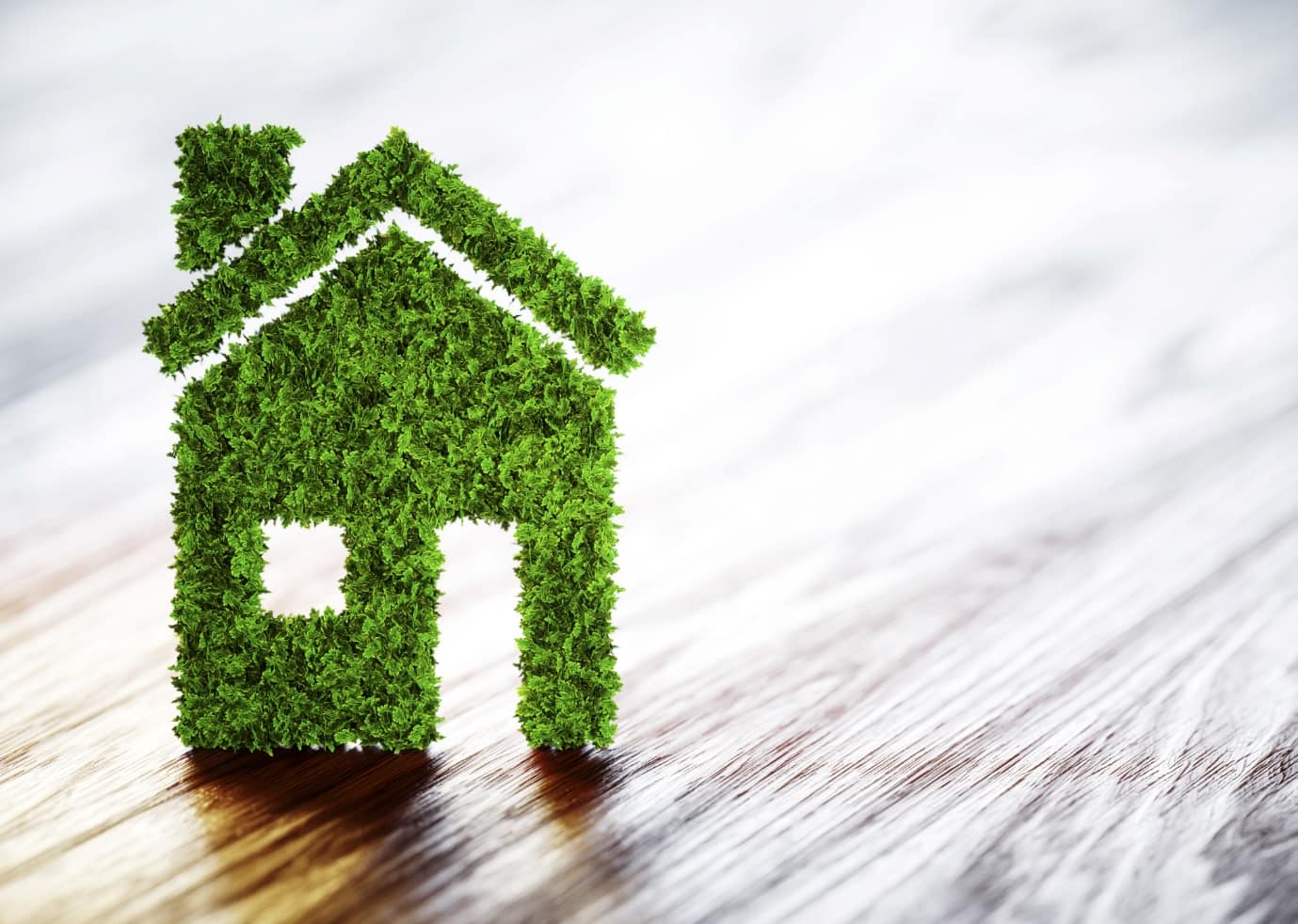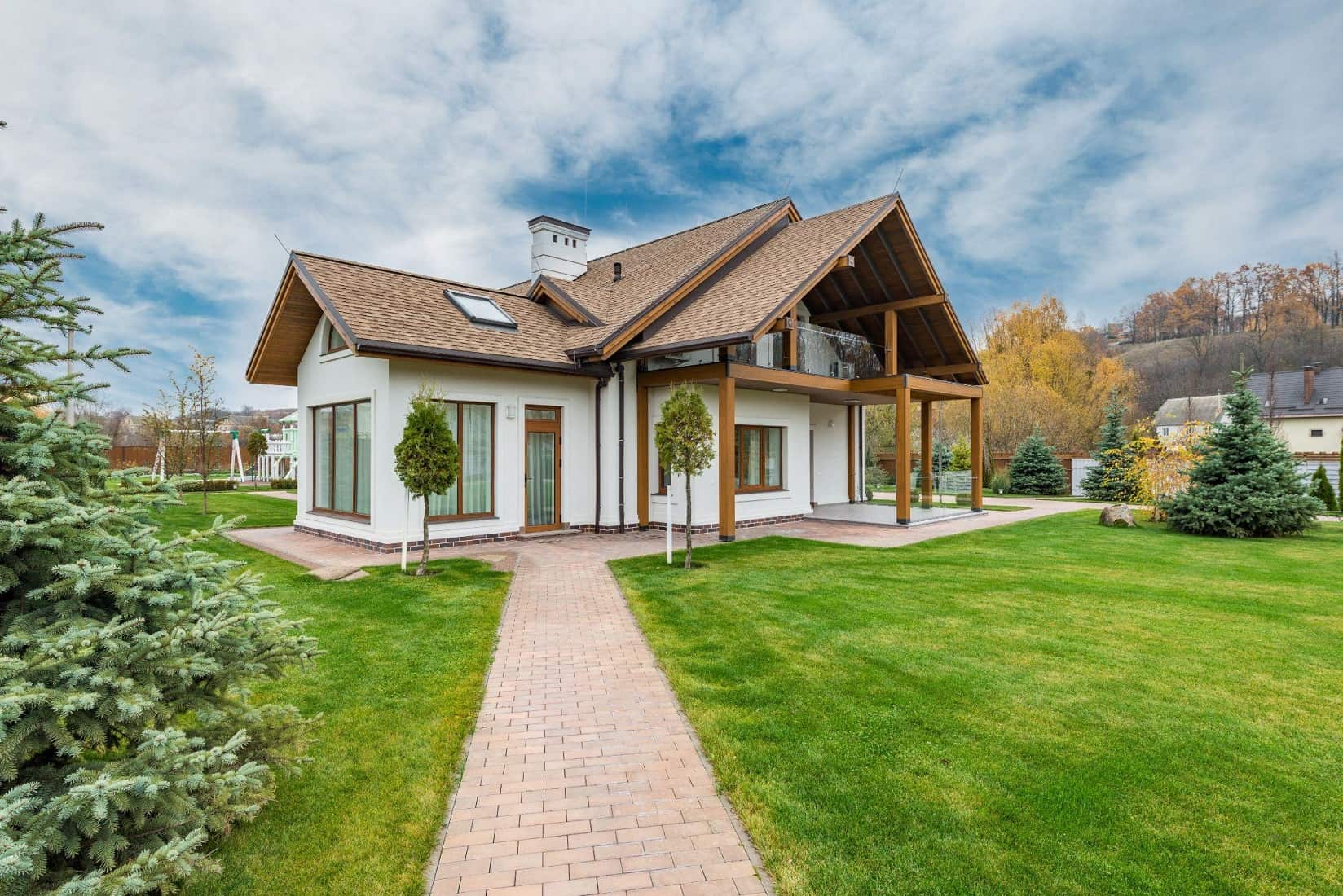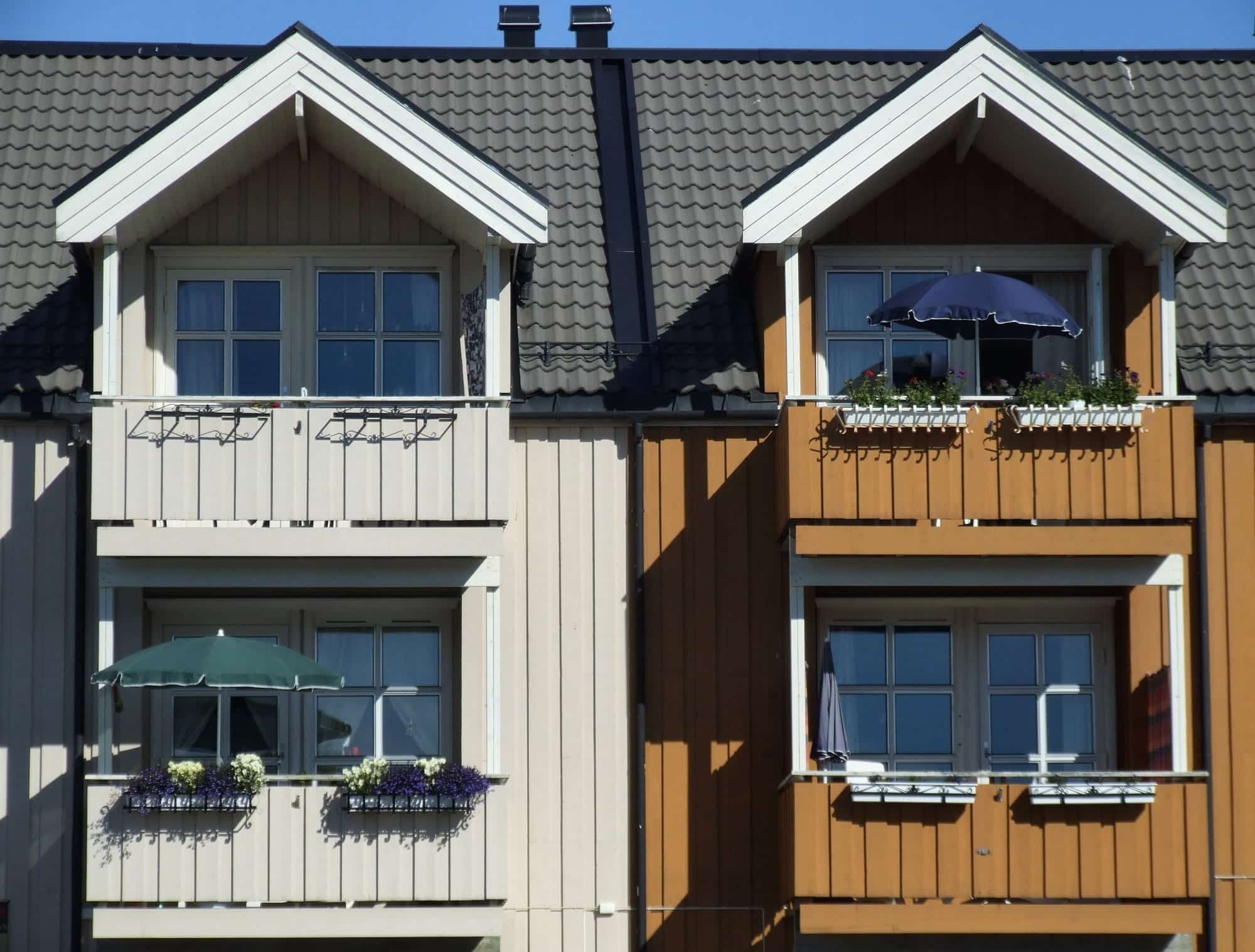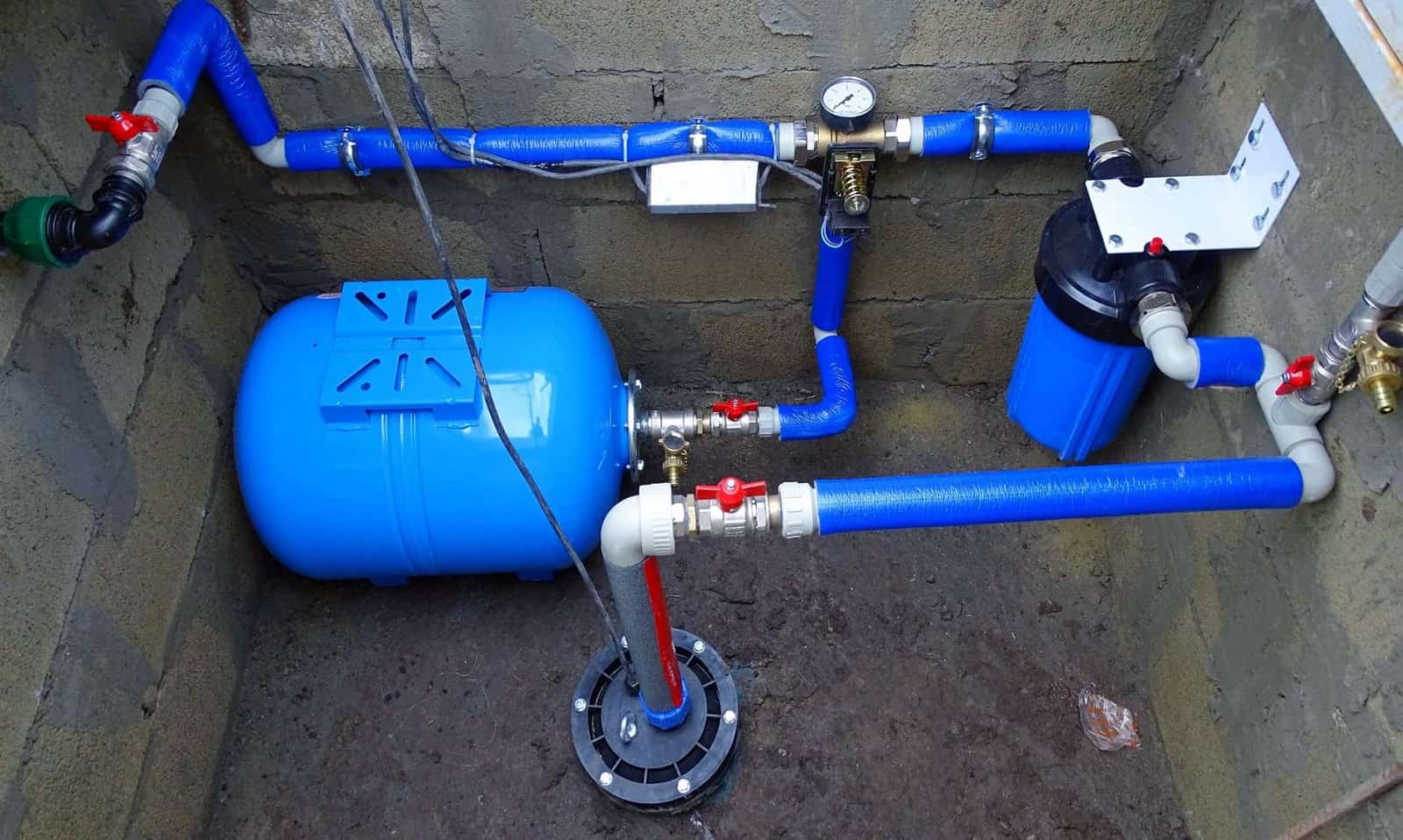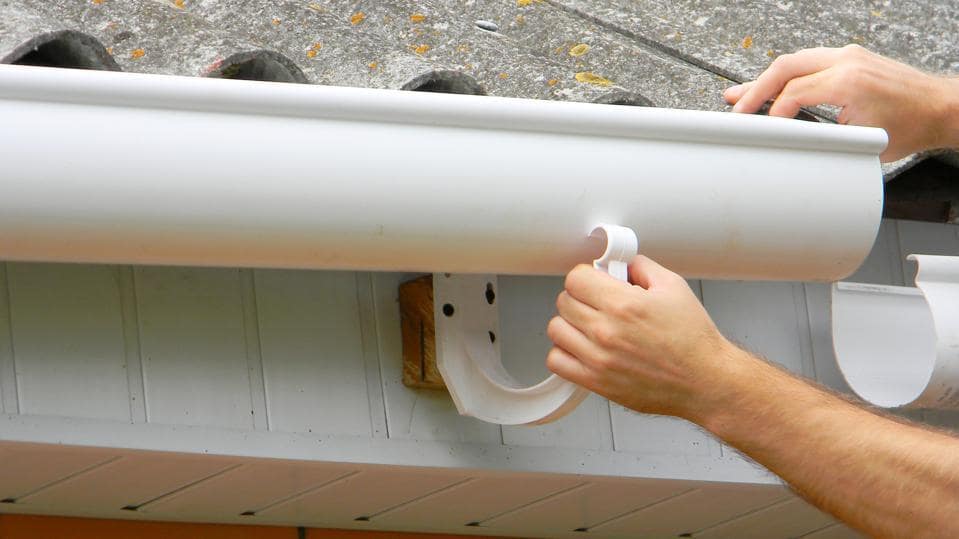Does a rising electricity bill have you down in the dumps? That isn’t surprising. The national cost of energy is continuing to rise, and you’ve likely paid more as a result.
The good news is that you do have options. Eco-friendly homes are more accessible than ever. Keep reading to learn seven eco-friendly home design tips that will help you reduce your carbon footprint.
Add Landscaping
Landscaping doesn’t only have to look pretty. You can also use it to make your home eco-friendly. Do things right, and you’ll see lower heating and cooling bills during the year.
The first place to invest in is shrubs and other plants near your home. When you place these plants in the right places, you block wind from hitting your house. When less wind hits your home, you’ll be able to keep your home warmer without using the furnace.
While trees do pose some risk of falling, they can also be used to reduce your cooling costs. The shade that trees provide will block a lot of the light from the sun. This light heats your home, so reducing it with trees will keep your home cooler during the summer.
Keep Insulated
Your heating doesn’t work on its own to keep your home at a constant temperature. Without support, air will leak into and out of your home. Insulation is what stops that from happening.
The best place to start the insulation process is your attic and roof. Heat rises and will escape out of your ceiling if insulation isn’t there to keep heat inside. It will help you keep your thermostat at a lower temperature during the winter.
If you still see temperature fluctuations between rooms, you might not have enough insulation in your walls. Call a contractor to have insulation blown to fix this issue.
Use a Programmable Thermostat
If your home is empty for parts of the day, there isn’t a reason to keep your temperature the same while you’re gone. While you might be able to remember to change it when you leave, this won’t always be the case.
A programmable thermostat provides you the ability to change your home’s temperature on a schedule. You can use it to keep your furnace and AC off while you’re at work and the kids are at school. Most thermostats have multiple settings that will let you change back to normal a little before everyone gets home.
It’s even better if you have a zone controlled HVAC system. You can keep parts of your home that are less used at a different temperature, so you aren’t wasting electricity by keeping them in line with the rest of the house.
Buy Energy Efficient Appliances
Old appliances haven’t always been efficient. While they did their jobs well, they sucked up a bunch of energy at the same time. Energy star appliances change that.
Energy Star is a set of guidelines that appliance makers follow to make their products consume less energy. It’s a voluntary program that most companies use today.
It might not be worthwhile to invest in eco-friendly appliances right away, but be on the lookout when it’s time to replace something that doesn’t work anymore. Using energy star will reduce your energy bill and help your home be more environmentally friendly.
Install Solar Panels
Are you interested in reducing or eliminating your electricity bill? Solar panels are the best way to do that.
Solar panels are an energy-producing product that generates energy from sunlight. Most homeowners place them on their rooftops to take advantage of as much sunlight as possible. They use the energy from solar panels to power their home and fall back to grid power when there isn’t enough light.
Solar panels are a significant investment and will take some time to pay back, so consider this option carefully. If you plan to move in a few years, the investment likely won’t be worth the risk.
Reinforce Doors and Windows
The entry points to your home won’t last forever. As the years go by, they can lose efficiency and develop cracks. If you want to save on your energy costs, reinforcing your doors and windows is a great option.
If you aren’t interested in buying new products, sealing cracks is the best way to cut your energy costs. Focus on the spots around the frames. Sealing these spots will stop air from leaking into your home.
If you plan to buy new windows, look for the double-paned options. These newer options do a better job of keeping your home insulated from the elements.
Upgrade to a Tankless Water Heater
Your water heater has a hard job. It’s responsible for keeping your water warm at all times, so it’s available whenever you need it. Keeping this running all the time takes a lot of energy.
The good news is that you don’t need your water warm all the time. You can upgrade to a tankless water heater and have your water heated up on-demand. It won’t have to work all day to keep your water warm.
You can expect your new water heater to last longer, as well. A regular water heater has to run all the time to do its job. Since a tankless heater doesn’t need to work as hard, it suffers less wear and tear over the years.
Eco-Friendly Homes Are Worth Investing In
Investing in eco-friendly homes isn’t just something worth doing because of the environment. Energy costs are a big concern for any family. Invest in eco-friendly home products today so you can take advantage of lower electricity costs well into the future.
Once you get the functionality of your home handled, you can start focusing on the aesthetics. Read more of our home improvement articles to see what’s possible for your home.

